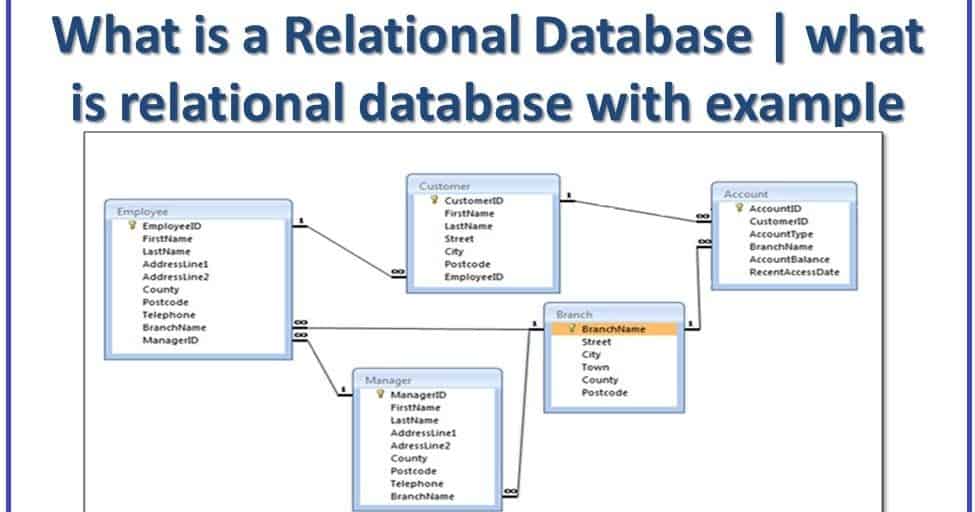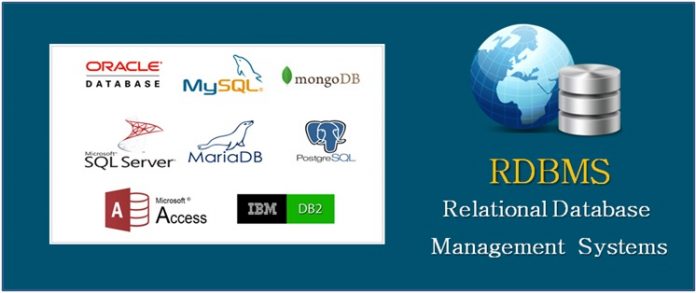A database system stores data in a retrievable format. Relational database management systems (RDBMS) contain data arranged in tables. Each table has a name closely related to the data that it holds. In each table uniquely named columns define the stored data, while the rows – sometimes called tuples – store records with specific values.
A query language is used to retrieve and manipulate data. Different types of relational databases exist to serve a variety of needs.
History of Relational Databases
According to the Association for Computing Machinery in 1970 Edgar F. Codd wrote “A Relational Model of Data for Large Shared Data Banks” proposing his relational model theory for databases. This theory was the basis for modern relational databases.
Early on IBM and Oracle both used ideas from Codd’s theory, but Oracle was the first to capitalize on Codd’s work. Other companies, like Sybase, created databases based on the relational model. Eventually, relational databases were developed with additional features, like Object-Orientation.
Structured Query Language (SQL)
SQL is the standard query language used to create databases, manipulate data and retrieve data. There are many versions of SQL but all use the same main commands, like SELECT, FROM and WHERE. Commands are always in capital letters.
Example a Typical RDBMS
A RDBMS usually contains many tables. Each record in each table contains fields that have some attribute associated with the column it is in. For example, the Last Name field of an employee record may have a character attribute, while a Start Date field may have a date attribute.

Tables in RDBMS’s have keys. A column that is designated as a key is useful for sorting data. A primary key is unique to a particular record. Designating a column that stores unique identification numbers and assigning it as the primary key is common. Primary keys can also be combinations of columns. Foreign keys are used to create links between tables. A column designated as a foreign key in one table should have fields that match fields in another table’s primary key column.
Tables in a database have certain relationships with each other: one-to-one, one-to-many and many-to-many. One-to-one relationships exist when a record in one table relates to one and only one record in another table. One-to-many relationships exist when a record in one table relates to many records in another table. Many-to-many relationships exist when a table’s (Table 1) records can relate to many records in another table (Table 2) and records in Table 2 can relate to many records in Table 1.
List of Some Popular Relational Database Management Systems
- MySQL
- MS Access
- MS SQL Server
- Oracle
- Sybase
- PostgreSQL
- Ingres


















